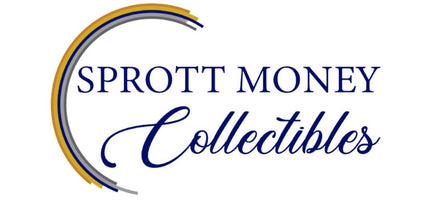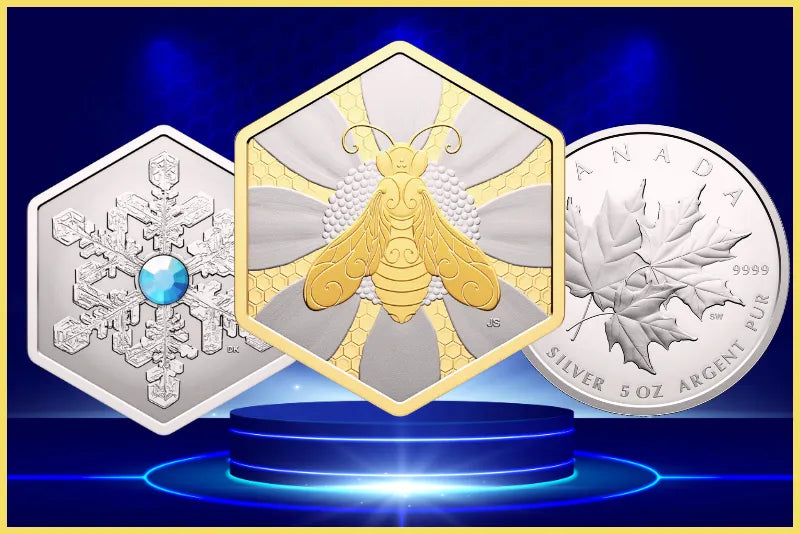Anatomy of a Coin

Obverse
To begin our discussion, let's explore the "obverse" of a coin. This term may sound like fancy numismatic jargon, but it simply refers to the front side of a coin, akin to the face of a human head. It typically features distinctive icons and symbols, such as President Lincoln on a penny or Queen Elizabeth II on a sterling pound.
Reverse
Moving along to the "reverse". The reverse often showcases emblematic representations reflecting the spirit and heritage of the issuing country – think the majestic bald eagle on a U.S. quarter or the iconic maple leaf on a Canadian Loonie. Sounds cool, right? Bet you didn't realize you were carrying around mini art pieces in your pockets.
Relief
Let's consider the relief. Not the kind you feel when you find that "lost" coin in your couch cushion, but rather the elevated design elements on both the obverse and reverse sides of a coin. These raised portions contribute to giving your coin personality and depth, literally "standing out" amidst the design – like George Washington's profile on a U.S. quarter.
Field
Now, take a closer look at the “field” of a coin. Imagine for a second that the coin is a good old-fashioned 'playground' for all the designs, symbols, and inscriptions. That vast, open space allows all these elements to shine - that's essentially the field. It usually appears flat and acts as the canvas for the coin’s beautiful designs.
Rim
Escaping the field, notice that little raised edge around the circumference of the coin. That, my friend, is the rim. Yes, just like the rim of a basket in basketball (and equally important). It also serves a functional role, protecting the design of the coin from wearing away too quickly. Seems tiny things can carry big responsibilities too.
Edge
Speaking of the edge, did you know coins have edges? And I don't mean their sassy attitude. It’s the ‘third side’ of the coin, so to speak. Some are smooth, others are reeded (think little waves all around it). Try rolling a coin along a table and observe. It’s a fun way to engage with coin terminology, trust me!
Face Value
Probably the least exciting aspect for a coin collector (also known as a numismatist), but potentially the most important for your everyday spender, is the face value. This is the legal value of the coin, and what it's supposed to be worth, as decided by the issuing country. It's often prominently displayed on the obverse.
The Issuing Country
Then there’s the country that can claim this small piece of metal as its own – the issuing country. Coins can surprisingly tell you the rich history of a place if you're willing to give them a second to speak. Each country typically has its own unique symbols and figureheads that they feel represent them best.
The Year of Issue
Moreover, the coin’s year of issue tells us about its vintage. Ever found a coin from the 1950s? There's something thrilling about holding a piece of history in your hands, especially when you start to ponder the journey it must have gone through to end up with you.
Mint Mark
Lastly, keep your eyes peeled for a tiny letter or symbol known as the mint mark. It might play second fiddle to the other centrepiece designs, but to a coin enthusiast, it represents the place (the specific mint) where the coin was made.
Coin Composition
Gold
Many varieties of gold coins are produced in limited quantities, adding to their allure among collectors. Gold is exceptionally resistant to destruction. Gold remains impervious to rust, tarnishing, or decay. Gold with a purity of 99.999% represents the highest standard of gold globally.
Silver
For more than four thousand years, silver has served as a means to store wealth and settle debts. Certain silver coins retain their status as legal tender. Silver exhibits resistance to decay and demands minimal maintenance. With strength, flexibility, and reflective properties, silver can withstand extreme temperatures.
Platinum
Platinum is a precious metal with a silvery-white hue. As a naturally occurring element, platinum shares several characteristics with gold. Despite its similarity to silver, platinum maintains its luster without tarnishing over time.











